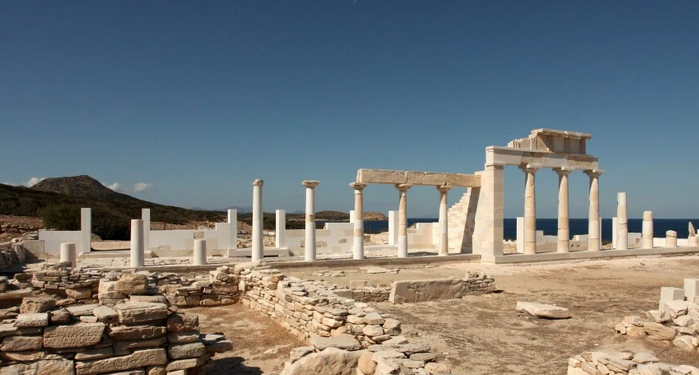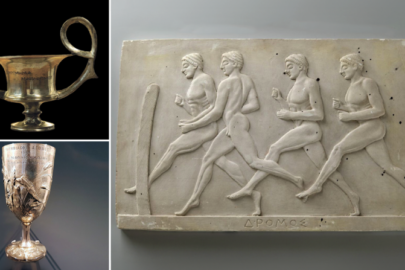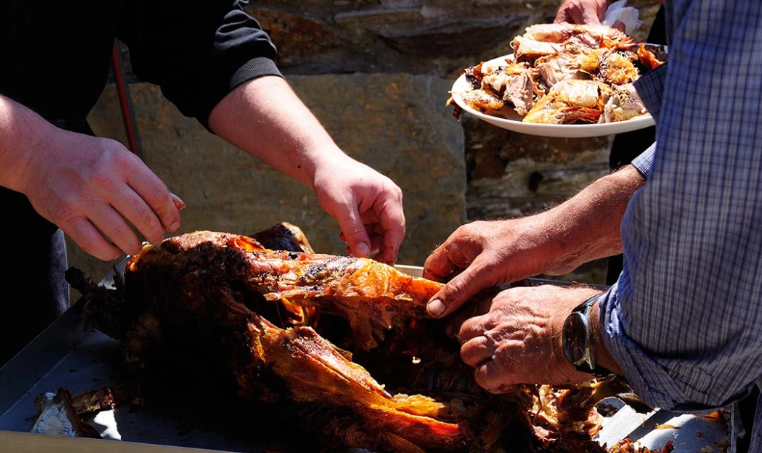In the Myth of the Minotaur, if not for the ministrations of the humble Princess Ariadne, Theseus—the Greek hero—would not have had a prayer. Although often portrayed as a mere maiden, truth be told, providing back-up for a leading man was the very least of her qualities. Springing from the heavens, Ariadne’s origins beckon from the primordial mist of Bronze Age Minoan Crete where she was the overarching mother goddess in the Minoan pantheon—the all-important fertility goddess who is believed to have answered to such titles as goddess-on-earth, weaver of life and mistress of the labyrinth.
With the destiny of mortals in her hands, Ariadne was considered a bright goddess, often compared to Demeter—whose celestial origins were from Crete as well. In some ways Ariadne is analogous both to the goddess of the harvest—and her daughter Persephone—queen of the underworld. Predating patriarchy, the mother goddess’s role was paramount—in agricultural societies religion was centered on fertility and everything was centered on religion. Because Minoan Crete was a matrilineal society with women leading lives of independence, like all goddesses in the Minoan pantheon, Ariadne ruled alone without a male consort. Toward the close of the Minoan civilization—with the Mycenaeans’ influence keenly felt—Ariadne began to be accompanied by a young male consort. Her insignia, the labyrinth—a square or circular structure with multiple circuits spiraling to the center and back again—figures prominently in her mythology and is believed to have been a place of initiation where mortals moved from one realm to another with the bull-god—the Minotaur (Hades-like)—occupying its deepest and darkest center.
Thousands of tiny “ice needles” may explain mysterious stone patterns on Earth…and Mars
The decline of the Minoan Civilization was accompanied by the expansion of the Mycenaeans—as is often the case when one culture subsumes another—when the Myceneans overtook the Minoans in about 1400 BC, they recast the Minoan myths; the invader gods married the indigenous goddesses replacing matricentric elements with patriarchal ones. By rewriting mythology, the Mycenaean Greeks provoked the systemic suppression of goddess worship which would encourage the widespread denigration of women. But the patriarchal reformulating of the tales did not stop with the Mycenaeans, it continued apace into the Greek and Roman cultures. By reviewing the myths surrounding Ariadne, one exposes the patriarchal tropes that have dogged her many guises for thousands of years.
Read more: Ancient Origins





































